Tylopilus mushrooms are tricky to identify, but there are some species that aren't bitter and are worth gathering. Here's my experience, and some tips on identifying and cooking with them.
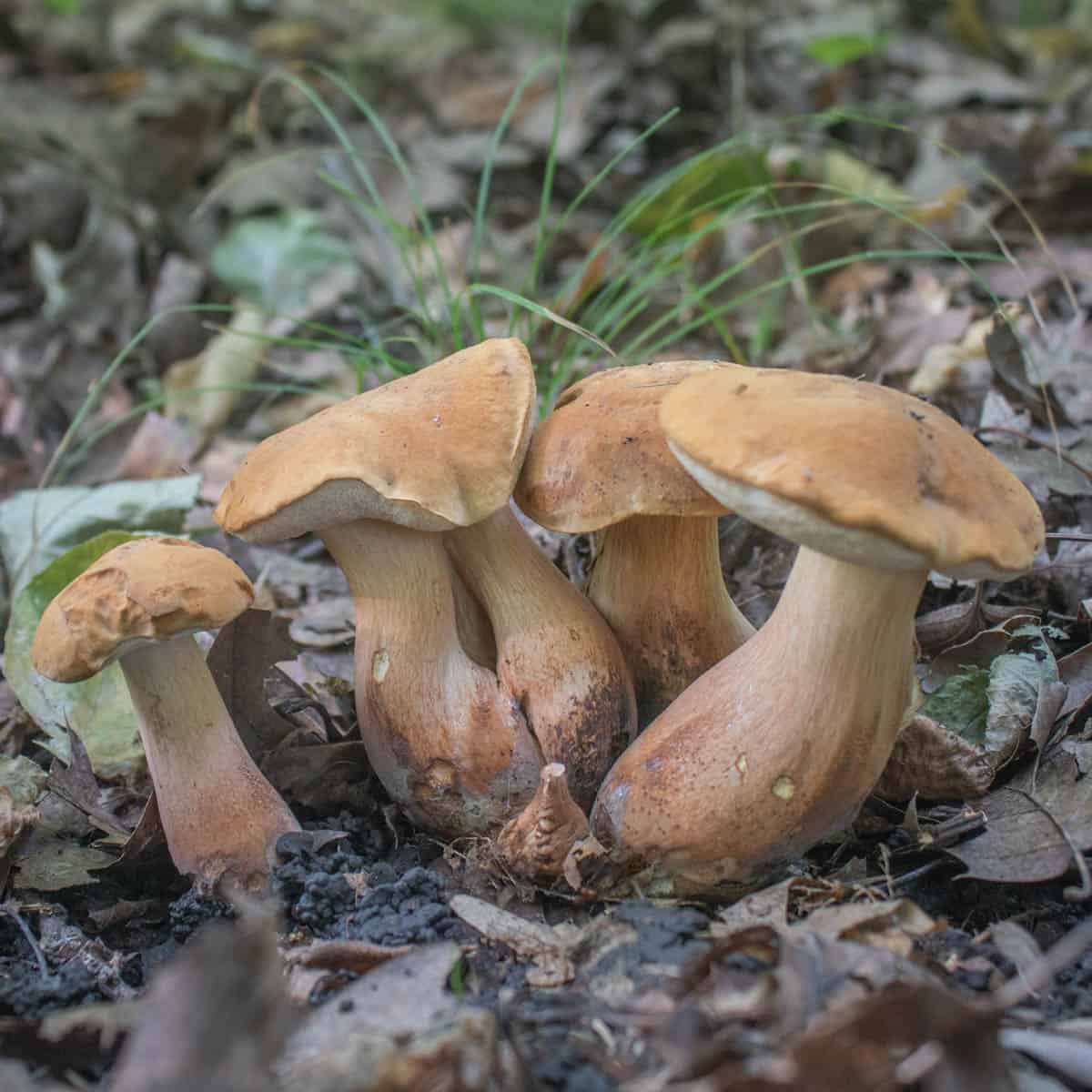
Boletes! Hot damn, they're everywhere!
Is a typical summer scenario after a heavy rainfall. The heart of bolete season, in the middle of Summer in the Midwest, is *the* fairy tale mushroom season for me, with fungal scenes all over the place, each one something you could make a project out of in a viewfinder, or a mushroom-loving nativity scene.
If I'm lucky, they'll be a species I know, and I'll get them nice and young, but, more often than not, I find giant, showy fruitings of mature mushrooms, a big one here, a bigger one there, troops and lines weaving through whatever tree partner they're growing with.
They seem to almost ooze from the Earth, spreading out over the hills, ravines, or spilling outside of the woods, threatening to break free from whatever natural boundary they're supposed to know.
Sometimes I luck out, and I'm in a spot where I know the fleshy, pored mushrooms. More often than not, especially in one particular place, I've probably run into a flush of Tylopilus, and I won't bother to even taste and spit out a piece of the cap, since they're a bitter species I see, over and over again.
Yeah, bitter mushrooms are part of nature, doing job, etc, etc. It gets annoying though, as a lot of the Tylopilus are attractive: brightly colored in purple, rich red and maroons, or snow white with shades of grey.
Adding insult to injury is that they're often heavy like paperweights, just like the best porcini. And, of course, if you cut into those Tylopilus, more often than not they're 100% bug free, not a trace of holes or tunneling. The fact remains that they're bitter though, and I won't be eating them.
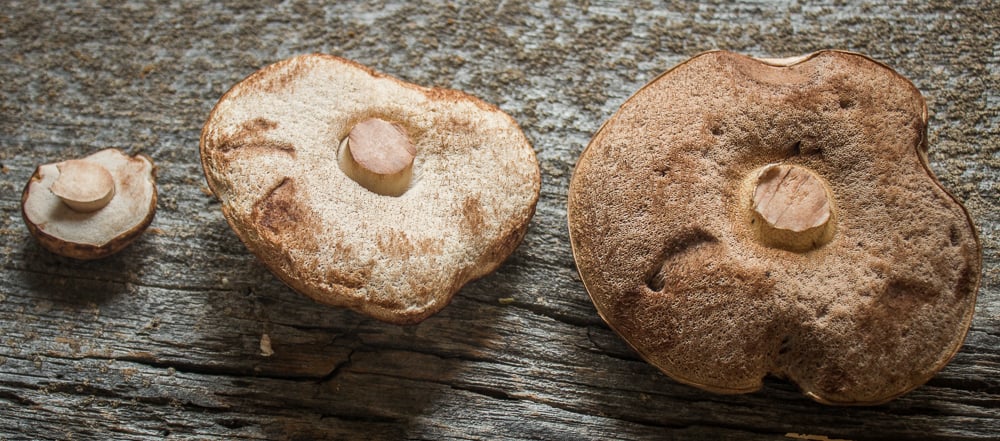
The Tylopilus Bitter
"Bitter" mushroom flavor isn't a taste you forget. The first local "porcini" I ever tasted were brought into a restaraurant I was at by a hunter who bought himself a plane for the sole purpose of hunting and selling mushrooms. What he brought weren't porcini though, they were bitter, mouth-drying and powerfully astringent. Back then I admired the guy, (Leo was his name) and I thought nature must've dealt him some kind of bum hand with that delivery.
If you want to make money selling mushrooms (you won't) you'd better know what they are, or at least that they're safe, and, hopefully decent tasting. What the hunter sold us were probably Tylopilus felleus, the false porcini, or a close relative. Whatever they were, the fact remains it was a damning, rookie mistake.
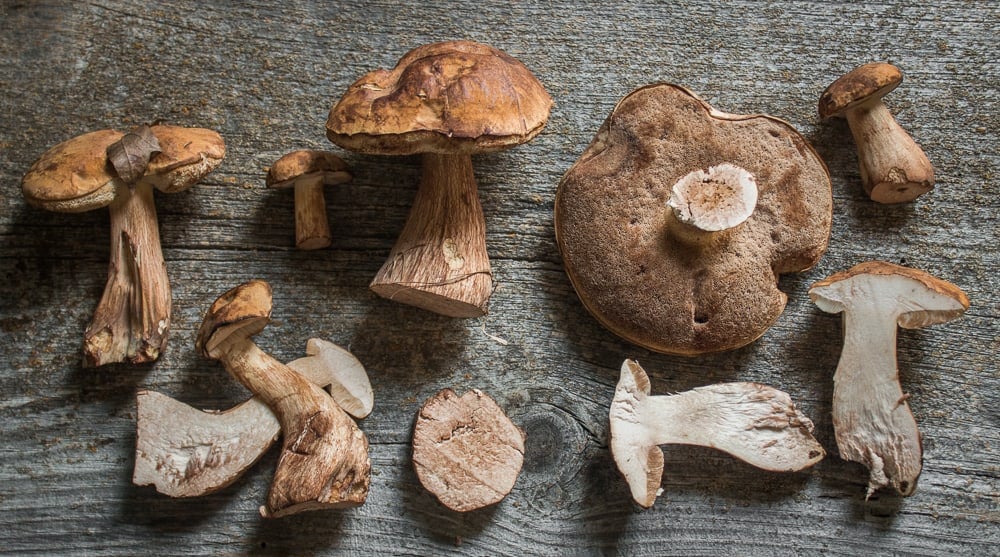
Felleus has earned it's share of cursewords and softball-lobs into the woods from me as much as the next mushroom hunter, but for a number of years now I've been keeping my eye out specifically for Tylopilus alboater, or the black velvet bolete.
I haven't seen any reports of T. alboater in Minnesota or the nearby surrounding states, so I've basically given up hope of them, but, that doesn't mean I can't go visit some of my foraging friends on the East Coast. What I didn't know, was that there were other, edible Tylopilus besides them, but then again, I never really looked, because, porcini. Here's some I've been working on over the Winter.
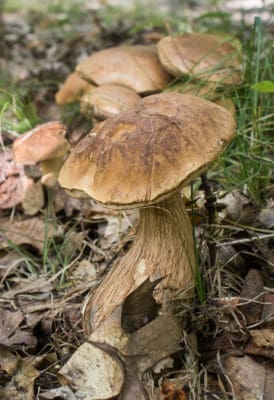
Habitat
I was in a stand of mixed oak woods, a few maple, an aspen here and there, but mostly oak. I was about to call it quits for the day, when I see a few clumps of mushrooms along the path. I bend down, suspecting bitter Tylopilus, but, as they weren't bright colored Tylopilus I knew to be bitter, I cut a piece off of the cap to nibble and spit out. It was pleasant, mushroomy, not bitter at all. The only problem was, I was expecting bitter, now, I had no idea what I was looking at.
I suspected I might be able to eat them, so I brought some home, cooked a few small amounts raw, and dried the rest to see if drying would work magic on their flavor like it does various Leccinum mushrooms I like to pick.
Well, winter's given me plenty of time to look them up (as well as argue with myself). Finally, I know what they are, and by that I mean I'm pretty sure they're one of two species, or maybe three, or possibly four.
Ok, I may not know exactly know what they are, but at this point, It's almost like comparing different species of apples, as the worst thing could happen is that they would taste bitter, and I already knew that wasn't the case.
Common ID Features of Tylopilus
The biggest tell for me personally that an unknown bolete is probably in the Tylopilus family, is the presence of pink color in the pores, although there's exceptions, of course. Aside from that, these pictured have a light brown-ish, pinkish spore print. Fresh, the flesh was soft, and not as heavy as many other Tylopilus. Unfortunately, none of those help narrow down what they are too much, aside from the fact they're definitely not T. felleus as they're not bitter.
Trying to separate Tylopilus indecisus, ferrugineus, badiceps and variobrunneus
Reticulation
The presence of reticulation was useful here in trying to separate out my mushrooms from one of the above species. The Tylopilus pictured here have reticulation (a net pattern) that concentrates at the top of where the stem meats the cap, but is absent at the bottom of the stem, especially young, which would rule out one very similar cousin: Tylopilus variobrunneus, who should have reticulation over the entire stem.
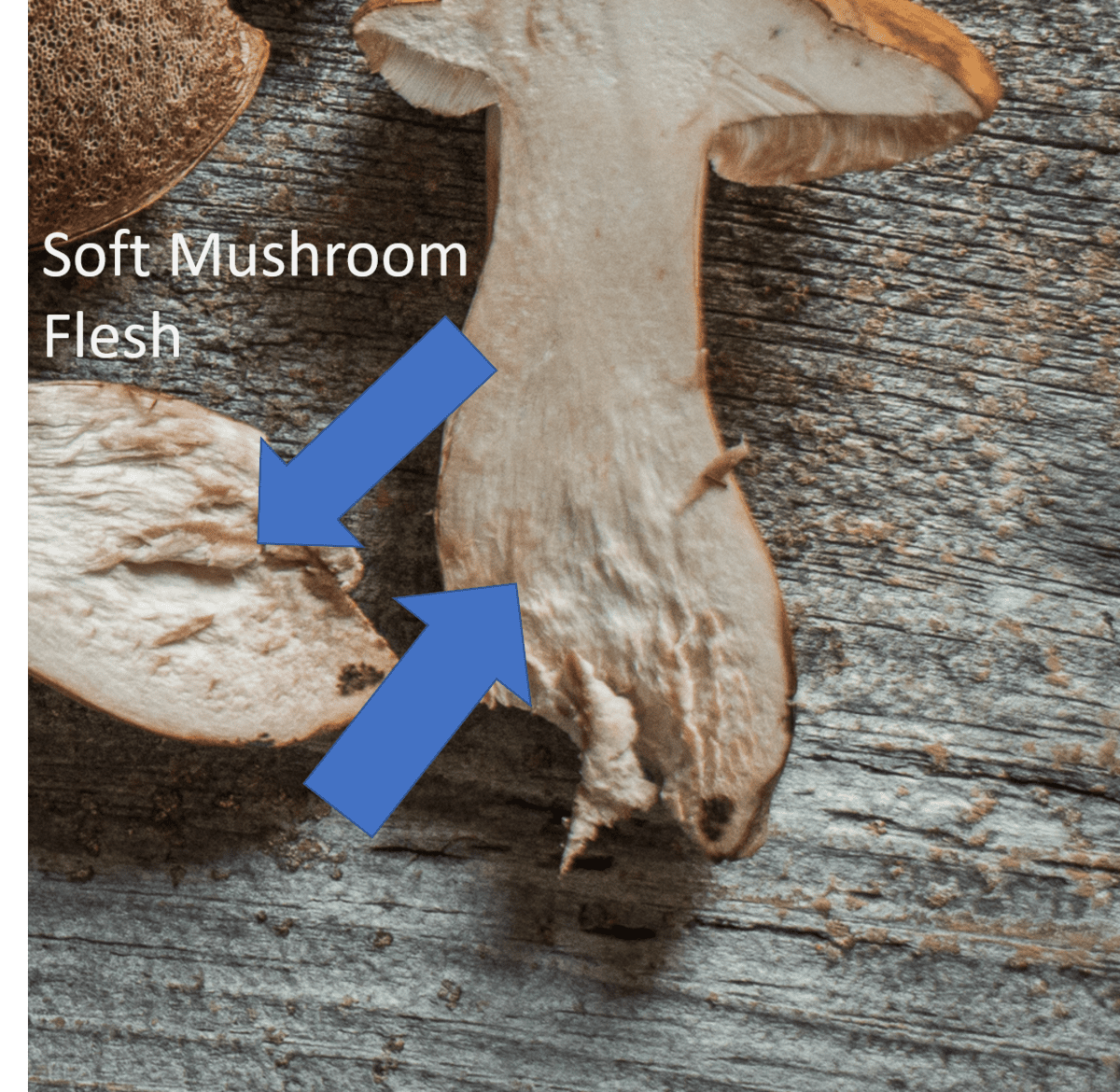
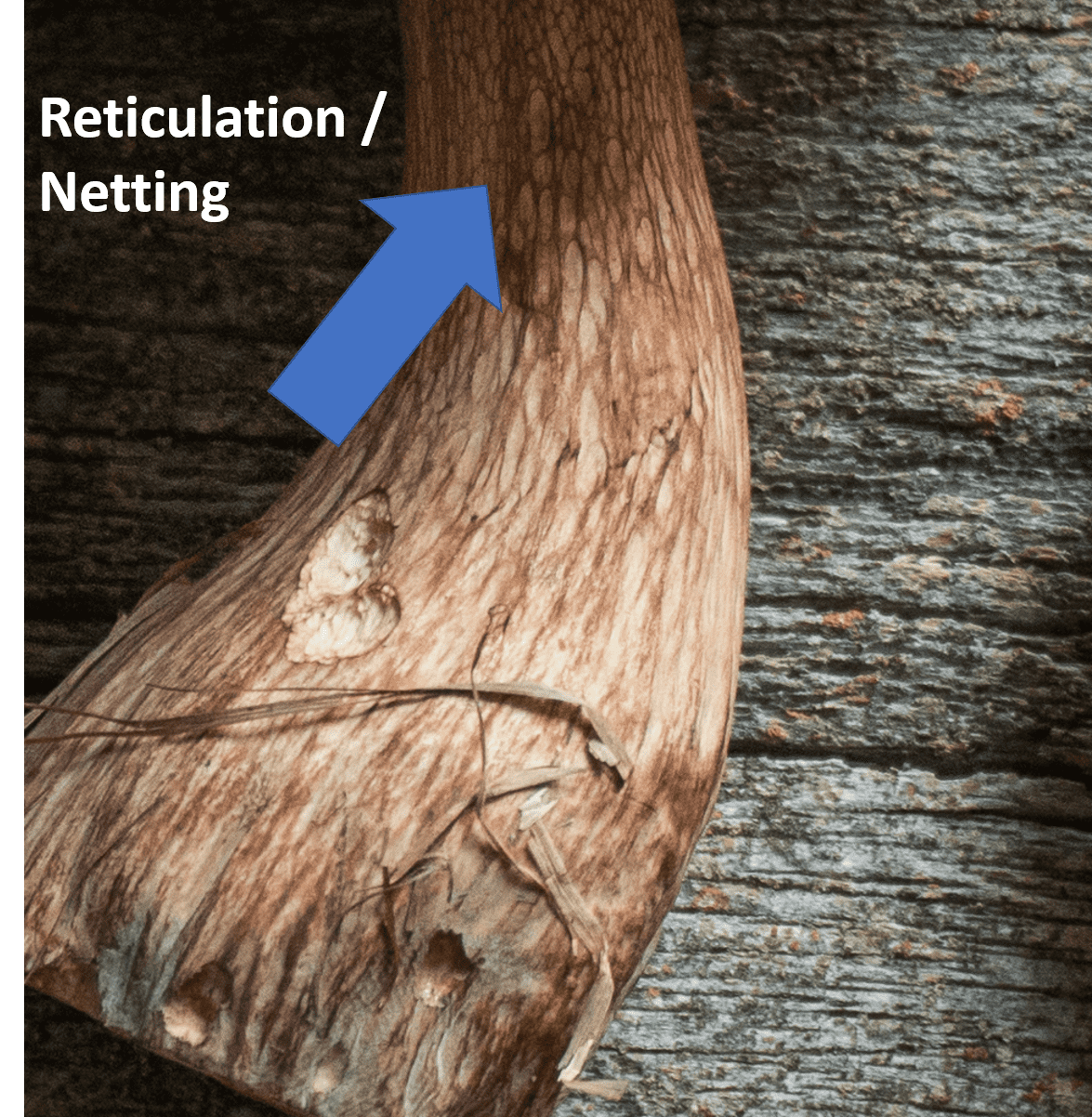
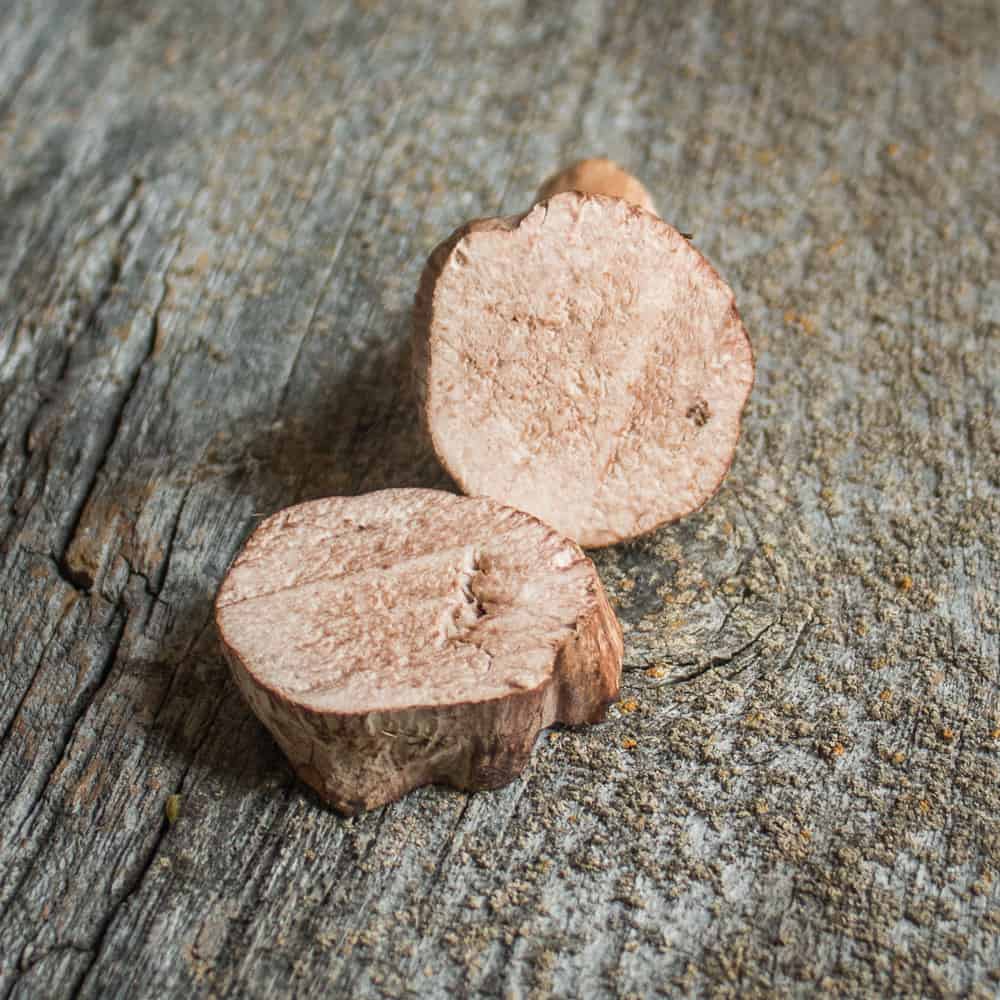
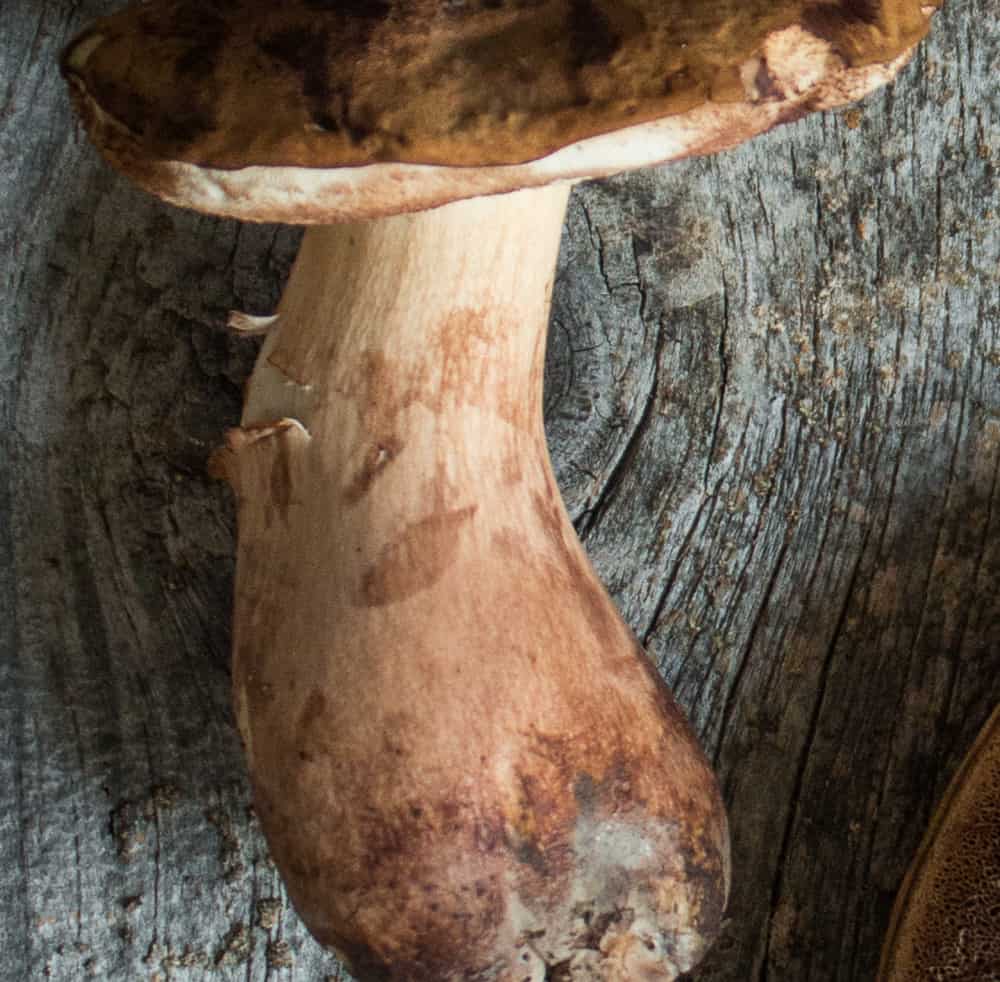
With the lack of maroon-purple color seeming to rule out T. badiceps, now it seemed like it's between Tylopilus indecisus, and ferrugineaus. Really, the only differences I can find between the two, are that ferrugineaus can have a swollen-looking stem that can be club shaped and doesn't seem even, where as indecisus has a less variable stem, that is white-ish when young.
The kicker may be that my collection pictured were light-weight, as far as boletes go too, almost spongy, or styrofoamy, another thing noted by Micheal Kuo that would put these in indecisus (refer to photo above, too), but I can't say for certain. David Arora's Mushrooms Demystified was good to look at too, as was Bessette's Boletes of North America.
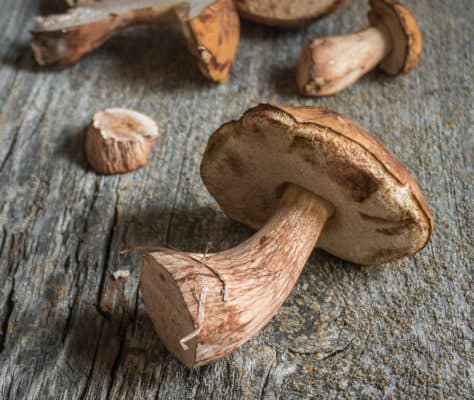
Cooking
They look a little like porcini, but, don't expect them to taste like them. These are a mild tasting bolete, not bitter, not incredibly delicious or noteworthy, just very mild. One thing did stand apart though, and that was a slightly sweet taste, which someone told me anecdotally Gary Lincoff enjoyed over typical porcini.
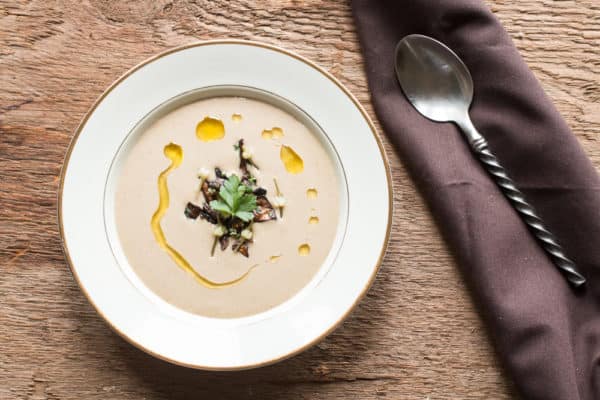
In my mind, the mild taste of these, along with others like, say, Boletus pallidus or Leccinum subglabripes near me, will be good in blends, or mixed with others to round out their flavor.
The best thing I found to do with them, if I wanted to taste the flavor alone, was to rehydrate, drain and squeeze them dry, then toast in a pan with a little oil until they get crisp, a bit like chips, that afterwords, you could use to garinsh different things. I also used a good amount of them in a blend for wild rice and wild mushroom soup, as well as for the mushroom garnish.

Uyen
I am looking for bitter bolete to make porridge. Does anyone know if they are sold online?
Thank you!
Alan Bergo
Sorry I can't help you.
Nizo L C
I just found a big flush and not sure exactly which they are. Size of pancakes, about 12 in all so I hope they're edible. I tried the bitter test, bit it's very subtle. Are there any other ways to tell?
Sounds like even if I eat them, they're not toxic, just bitter, so maybe a stomach ache?
Alan Bergo
If it's bitter, I don't eat them. You could cook them and they would just taste bitter, they wouldn't make you sick.
Mark Kline
Sometimes the bitter in a tylopilus mushroom take thirty seconds to a minute to "hit", for whatever reason. You may have something more bitter than you realize, or you may have found a non bitter species like the one described!
Courtneylove Gowans
Thanks for this great Tylopilus commentary. Had just found a non bitter and was working out the ID. With this article I think it is indecicus. The taste was actually buttery to me!
Alan Bergo
Enjoy. They're a good mushroom.
Ellen
Two summers ago I found a great flush of T. ferrugineus, that produced for about four weeks. It reappeared last summer, and as you mentioned, was surprisingly bug free. It was a new mushroom to me then, and I'm definitely a fan. I had a hard time narrowing down the species, but got some help on the Boletes of North America FB page.
Sam Schaperow
nice post. The method of using such mushrooms as garnish sounds like a nice idea. Perhaps I'll give it a try.
You saying people cannot make money selling mushrooms? Should we assume even the sky that made rookie mistakes was making some significant money by finding and selling mushrooms?
By the way, try saying T. alboator with the the Terminators accent.
Alan Bergo
I lauged pronouncing T1000 alboater.
The man who sold the bitter tylopilus did it as a hobby, more or less, sure he made some money, but he also purchased airplane fuel. Realistically, when you consider the resources that go into it, especially gas, time on the road, and opportunity costs, etc, no one is getting rich here.
Yes, some companies make money, but I would speculate those are brokers, and not the individual harvesters. You can definitely make a few bucks if you have the time and desire to hunt mushrooms for volume, but for the vast majority of mushroom hunters, picking and selling mushrooms is seasonal, supplementary income, at best, IMO.
Nathan Perrier
Last summer I found a TON of these in Nerdstrand after that huge storm hit southern MN last year. I thought they were kings at first, but the steps were too thin, not bulb-shaped like the kings, and they didn't have the deep reticulation either.
I didn't end up eating them, but I was wondering what they might have been?
Alan Bergo
Yes, I've seen similar ones there too, although these were due west of the metro on a bike trail I hunt hens on 😉 Last year was one of the best bolete years I can remember.
Joe Wiercinski
It was a good year, too, for boletes in western Pennsylvania. Ditto for hens. I picked 85 pounds of them in October, mostly between Oct. 15-25.
Lenny Russo
Yes, I was pissed about those mushrooms, and it wasn't the first time he screwed up like that.
Alan Bergo
The time I was speaking of was actually when I was with Andy at Il Vesco Vino, but since I know you guys both used him you might have gotten from the same batch. It was a lot of mushrooms. Not a taste you forget.
Gladys Williams
The boletes I have photographed here are not in any form of pink as I have seen in yours. Th3y are white large and has a nice pleasant smell. Sliced down the middle white looks and smells exactly as a mushroom purchased from produce.